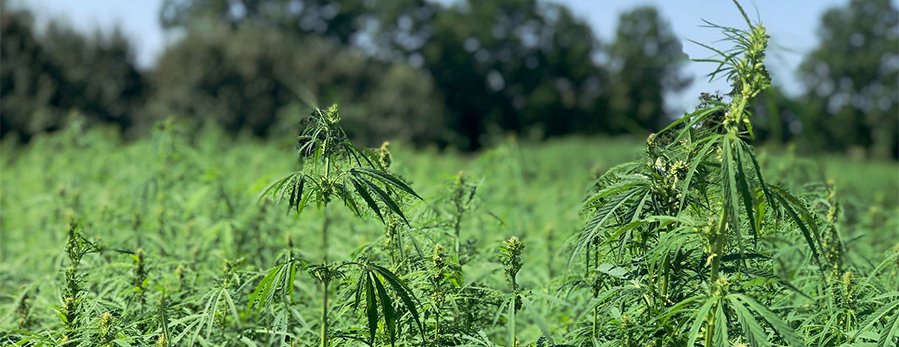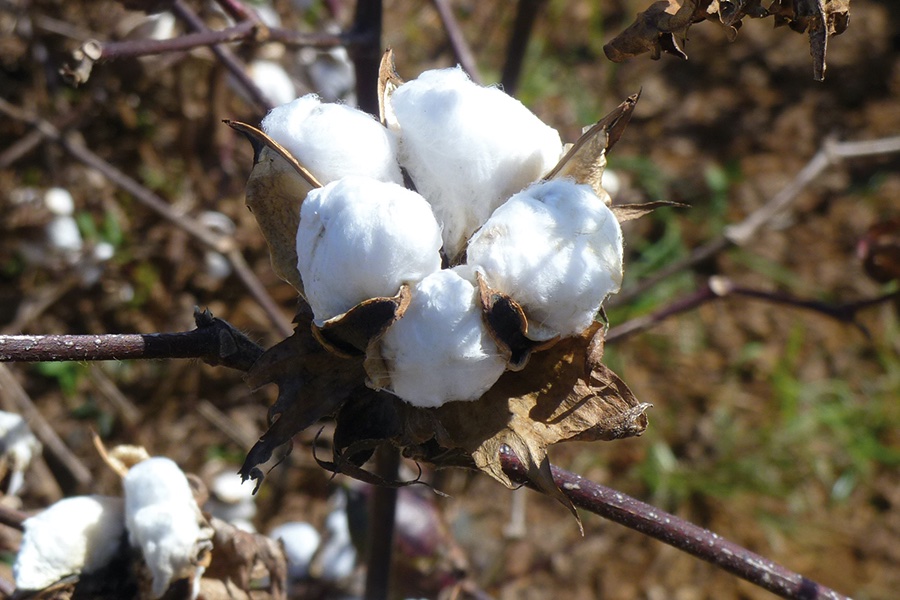#Raw Materials
Textile Exchange releases "Growing Hemp for the Future: A global fiber guide"

Fiber hemp holds strong sustainability potential, but as it gains popularity, it is vital that we look at how it is grown.
The global textile industry is increasingly turning to this once-stigmatized crop, celebrating its ability to enhance soil health, support biodiversity, suppress weeds, and increase yields among subsequent crops – all while relying on little or no inputs.??However, fiber hemp’s sustainability potential all comes down to how it’s grown.
This means we must take onboard lessons learned from other fiber crops, where heavy synthetic pesticide and fertilizer use have become the norm. ??At this early stage, the industry has unique opportunity to shape fiber hemp standards from the soil up, setting up systems that maximize measurable benefits for the climate, ecosystems, and communities.
Key findings:
• Unlike other popular crops which have become reliant on synthetic pesticides, biological pesticides are to date the primary pesticides that governments have permitted for use on fiber hemp.
• Research is underway to add additional conventional pesticides to the limited fiber hemp pest management toolkit. In some countries, pesticides that meet the United Nation’s “Highly Hazardous” definition have already been approved for use on hemp. Availability and use of synthetic pesticides is likely to expand without industry commitment to the precautionary principle – exploring alternatives to possible harmful actions.
• Significant improvements need to be made to undertake and make public data that supports sustainability statements and identifies fiber hemp production regions and quantities.
• While data is incomplete, the leading hemp fiber countries by volume appear to be France, China, North Korea (estimated), Poland, and the United States.
• Sixty years of data from the United Nations Food and Agriculture Organization (1961-2021) indicates that 2021 fiber hemp production by volume was approximately the same level as in 1961 but grown on far less land with far greater efficiency, resulting in higher yields.
At present, there is limited information to support all sustainability claims related to fiber hemp, or to accurately identify where and how much is grown internationally. Further research is therefore needed to substantiate claims.
Textile Exchange urges the hemp sector to improve global production tracking; avoid the adoption of hazardous pesticides and synthetic fertilizers; and to become certified to organic and regenerative standards that provide a chain of custody from field to finished product.
Download report:
https://textileexchange.org/app/uploads/2023/07/Growing-Hemp-for-the-Future-1.pdf






canva-900-1.jpg)






